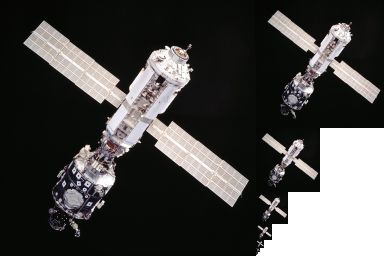
CSCI 461: Computer Graphics
Middlebury College, Fall 2023
Lecture 09: Textures
Things we know how to do right now.


Recap on how we have been painting our models.
$$I = c_a k_m + c_l k_m \max\left(0, \vec{n}\cdot\vec{l}\right) + c_l k_s \max(0, \vec{v}\cdot\vec{r})^p$$


Other places we have seen this? Think about week 3.
$$I = c_a k_m + c_l k_m \max\left(0, \vec{n}\cdot\vec{l}\right) + c_l k_s \max(0, \vec{v}\cdot\vec{r})^p$$

But what if we want to do this?


Two things we want: (1) color detail, (2) geometric detail.
By the end of today's lecture, you will be able to:
- set up a texture to use in our rendering pipeline,
- analytically calculate texture coordinates on a sphere,
- write texture coordinates from a model to the GPU,
- sample texels in a texture image to color or "bump" a surface.


Warmup: can we use a Uint8Array instead? (event # 9000136)
gl.bufferData(gl.ELEMENT_ARRAY_BUFFER, new
Uint8Array(mesh.triangles), gl.STATIC_DRAW);
gl.drawElements(gl.TRIANGLES, mesh.triangles.length,
gl.UNSIGNED_SHORT, 0);
The main idea of texturing: sample an image to determine surface properties.

Ingredients #1 and #3: which texel to sample?



Ingredient #2: we need texture coordinates.




A special case: texture coordinates on a sphere.
Why? approximate lots of things like spheres!


Doing it with WebGL.
In
JavaScript:
In shader:
Again, the best way to learn this is to write code!
Open up
repl:
https://replit.com/team/csci461f23/Week-09-Textures
- Create texture using previous steps.
- Calculate $(s, t)$ in fragment shader and sample texture (stop here, then we will experiment).
-
Then we'll use actual texture coordinates
(
mesh.textures).


Texturing artifacts influenced by texture image resolution and distance to surface.
- Magnification: many screen pixels map to single texel: looks blocky. Average of a few texels?
- Minification single screen pixel covers many texels: shimmering effect. Which one to pick?

And how to make lookup efficient? mipmaps


Other properties to modify with textures?
$$I = c_a k_m + c_l k_m \max\left(0, \vec{n}\cdot\vec{l}\right) + c_l k_s \max(0, \vec{v}\cdot\vec{r})^p$$



